(Or a Legacy of Ladies, Part 1)

Elma Berry’s biscuits are quite famous although they have several aliases. To me they are ‘Auntie Elma’s biscuits’, to Glynis, a close friend of mine, they are ‘Evelyn’s Biscuits’ (Evelyn was my mother), and to Gill, another friend, they are ‘Ilva’s biscuits.’ Gill’s mother, Rosemary, got the biscuit recipe from Glynis’s mother, Ilva, so somewhere out there I imagine there is someone who calls them ‘Rosemary’s biscuits.’
I am often asked how to make them and I suspect that there are ‘Jacqui’s Biscuits’ in several hand-written recipe books.
Now during these surreal weeks of Lockdown and being confined to home, I’ve done more baking than usual. In fact I’ve done more of all kinds of home-based activities than usual and when Mother’s Day happened along a few weeks ago, I found myself thinking of all the women who consciously or unconsciously passed on skills or ideas. Some of them were wives but not mothers, some were wives and mothers some them were neither and some of them were mothers by association. Some of them were not at all what they seemed.
Auntie Elma was not my Aunt. She was my brother’s Godmother and my sister and I always felt a little piqued by her obvious preference for our older male sibling. She was a wife but not a mother and a few years older than our mother.
Auntie Elma was a ‘real’ aunt to someone else. She had a niece quite a few years older than any of us who lived in another province and of whom she seemed very proud. I wish I could remember her name as I’d like to know whether she has carried memories of her aunt forward into her own family.
When our mother was newly married and living in Bonza Bay, a seaside area which in those days was quite a distance from East London, Auntie Elma stepped in to help. There was no electricity in Bonza Bay back then and I can only imagine that when our brother was born, our mother welcomed all the help she could get. Auntie Elma was duly named our brother’s Godmother. She adored him.
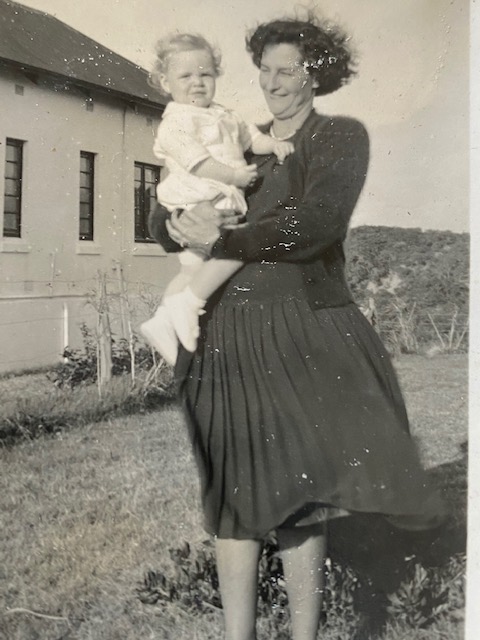
The photo above is the only one I can find of Auntie Elma even though she was a frequent visitor to our home and at all our important celebrations. Here she is in 1950 in Bonza Bay with her new Godson.
Over the years, long after my parents had moved away from Bonza Bay and closer to town, the friendship continued. Aunty Elma was a few years older than my mother and a good listening ear.
Some afternoons we would go out to visit her at Bonza Bay. By this time there was electricity and the suburb didn’t seem to be so much ‘in the bundu’ as before. She and her husband lived in an extraordinarily neat house with little to occupy young children. And almost without exception we were given our tea and biscuits outside on the front stoep while our mother and Auntie Elma talked, for what seemed like hours, inside. The redeeming features of those afternoons were the biscuits and the porch swing which we coveted and on which we spent hours.
My sister has reminded me of how Auntie Elma’s kitchen always smelled of ‘hot iron and freshly-baked biscuits.’ She had a solid fuel stove, like an Aga, which probably dated back to the time when there was no electricity in Bonza Bay.
Sometimes when the swing on the front porch and the baby chickens under lights in the back yard had exhausted their appeal, we would venture into the living room to assess the tone of the conversation. Was it at its height or was it winding down? The living room faced due west and the curtains were always partly drawn lending it a somewhat subterranean look. And tucked into a chair in the corner and to the best of my memory, utterly silent, was old Auntie Min, who I now assume was Auntie Elma’s mother.
There were small side tables with doilies and antimacassars on the arms of the chairs. It was completely different from our own home. Up against one wall was a cabinet full of china ornaments, probably Royal Doulton. I liked to study them under their glass cover.
The Bonza Bay beach was just down the road but we were never allowed to walk there on our own. There was too much ‘bush’ between her house and the beach and who knew what might lurk there?
Auntie Elma’s husband’s name was Ailmer a fact which intrigued and fascinated us. Was the similarity in their names what initially drew them together, we wondered? It was not something we ever asked. Although we could have. Auntie Elma was one of those rare people who never talked down to children. She was matter of fact and forthright and might have been amused to learn how often the Elma/Ailmer subject was debated.
My memories of Uncle Ailmer are few. He seemed distant but it was probably because he wasn’t used to children.

Something else that intrigued us was Uncle Ailmer’s position as MD (I think) of the Wilson Rowntree factory in East London and a highlight of my childhood was a tour of that delectable business. The copper drums of tumbling Smarties made a huge impression and we were sent home with bags of ‘flopped’ Smarties which for some reason had emerged misshapen but still delicious.
My brother also remembers being shown around Wilson Rowntree and being intrigued by the mint imperials being shaped in ‘a kind of concrete mixer drum.’ He’s an architect so that’s how he remembers it.
Once a year, Auntie Elma would take us out to Slater’s Toy Shop in East London and allow us to choose more or less whatever we liked. I was never sure whether Slaters was the best part of the afternoon or the drive getting there. Auntie Elma drove a dark grey VW Beetle. My sister, being a little older than I, was content to sit demurely in the front. All I wanted was to ride in the small compartment behind the back seat, squashed up against the window. After the shopping expedition Auntie Elma would take us out for tea at the Beehive Tea Room on the Quigney. My sister thinks it was on one of these occasions that she had her first Coke float.
The only toy I remember from those trips to Slaters was a shocking pink poodle with a key on one side. When wound up, the poodle would yawn in time to Brahm’s Lullaby. I remember feeling that Auntie Elma did not entirely approve of the poodle but the deal was that the choice was mine. The poodle went home with me and survived, still playing Brahms for many years.
My sister also remembers Auntie Elma asking if she and my brother had seen the movie ‘Summer Holiday.’ They had not. Tickets appeared the next day.
Being four years younger than my sister and six younger than my brother, I benefited from fewer of these treats than they did as they stopped when my brother finished primary school and started boarding school in Grahamstown. But despite that, the outings I went on made a lasting impression on me.
I realise now how little else we knew about Elma and Ailmer Berry. They had a farm near Stutterheim which we visited sometimes so perhaps one or both of them hailed from that part of the world. And now, we have no-one to ask.
My brother and sister were once taken to the farm for the day on their own which they both remember being something of an adventure. My brother remembers thinking the turkeys were ‘hens with flat ends’ and my sister clearly remembers that they insisted on traveling all the way home to East London on the back of the truck under a canvas cover. She remembers singing most of the way home but can’t remember the songs. I imagine ‘Old McDonald’s Farm’ would have been one of them.
My childhood memories are threaded through with strands of Auntie Elma but it is her talent for baking that I remember best. She was a great baker and I have a few recipes that came to me through her, from my mother. These particular biscuits are a favourite though and I make them often.
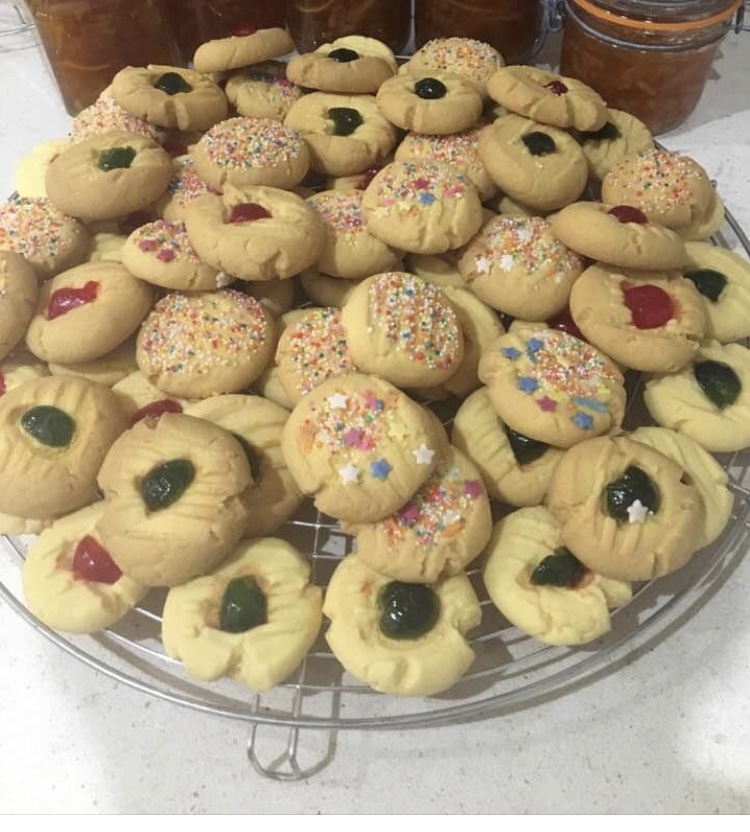
Now, whenever I make them, I find myself wondering who else, other than my brother, sister and I, think of Auntie Elma often and carry her baking legacy forward? When I was asked earlier this week, yet again, for her biscuit recipe, I felt the time had come to pay tribute to her. And if anyone who reads this goes on to make them, I hope in your recipe book you’ll call them ‘Elma Berry’s Biscuits.”
Below is the recipe as I received it from my mother:
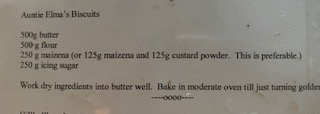
Below is how I actually make them:

Make sure the butter is at room temperature and add the dry ingredients gradually, otherwise a floury mixture will fly all over your kitchen. Beat until the mixture has the consistency of peanut butter. It is a rather stiff mixture. Don’t be alarmed.

When you have a nice smooth mixture, take teaspoonfuls and roll the dough into small balls as in the picture above and arrange them on a non-greased baking tray. They do spread a bit during baking so don’t make them too big. Then press them down gently with a fork dipped in hot water to stop it sticking.

Decorate with cherries, hundreds and thousands etc and bake at approximately 180C for about 12 minutes or until the edges are just turning golden. It’s not an exact science. This is a very forgiving recipe. Take the trays out of the oven and let the biscuits cool a little before transferring them on an egg lifter to a wire cooling rack. This should give you a perfect batch of Elma Berry’s Biscuits.

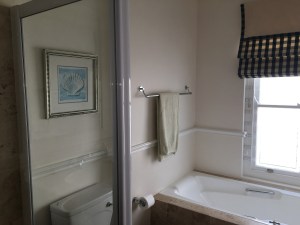
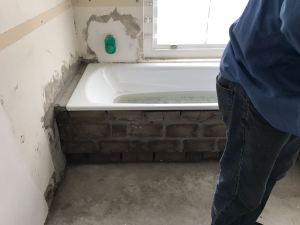

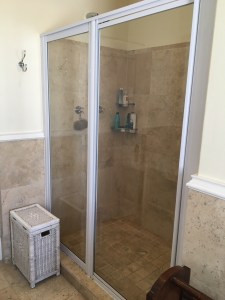
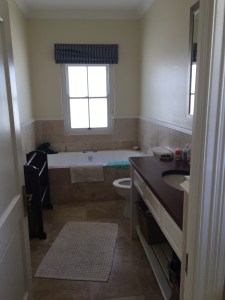
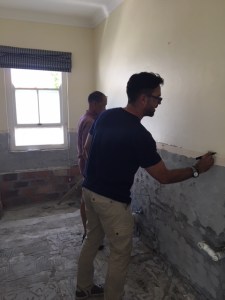




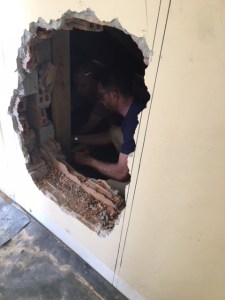

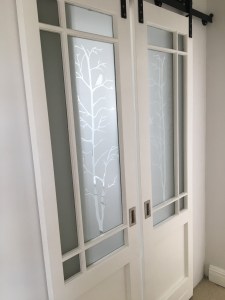




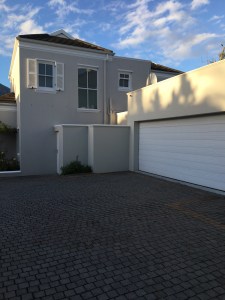
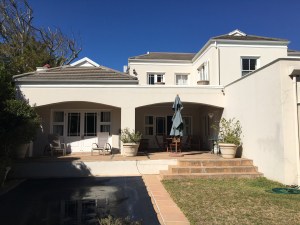
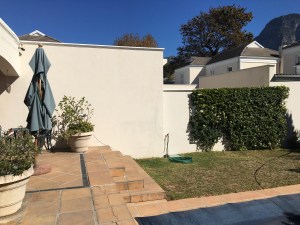


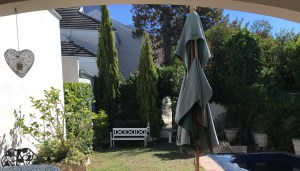











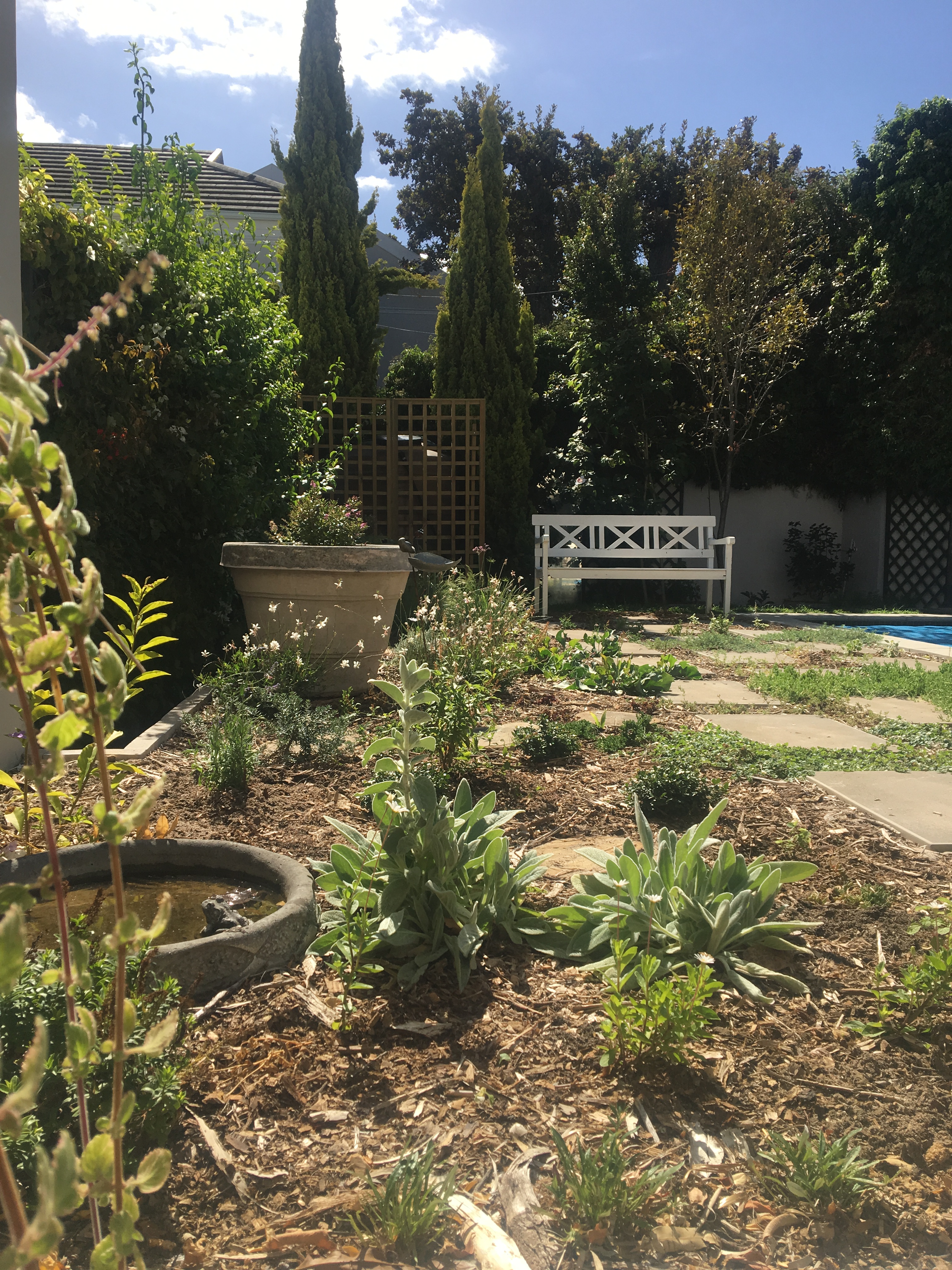
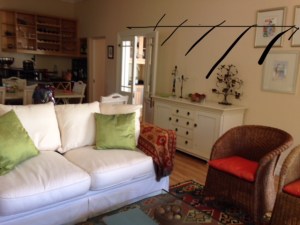


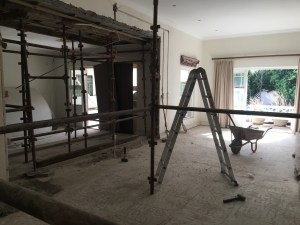
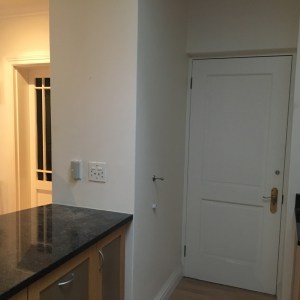
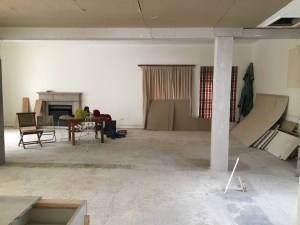
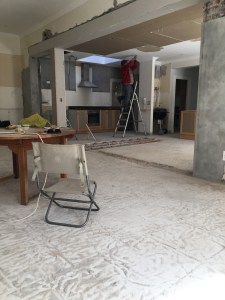

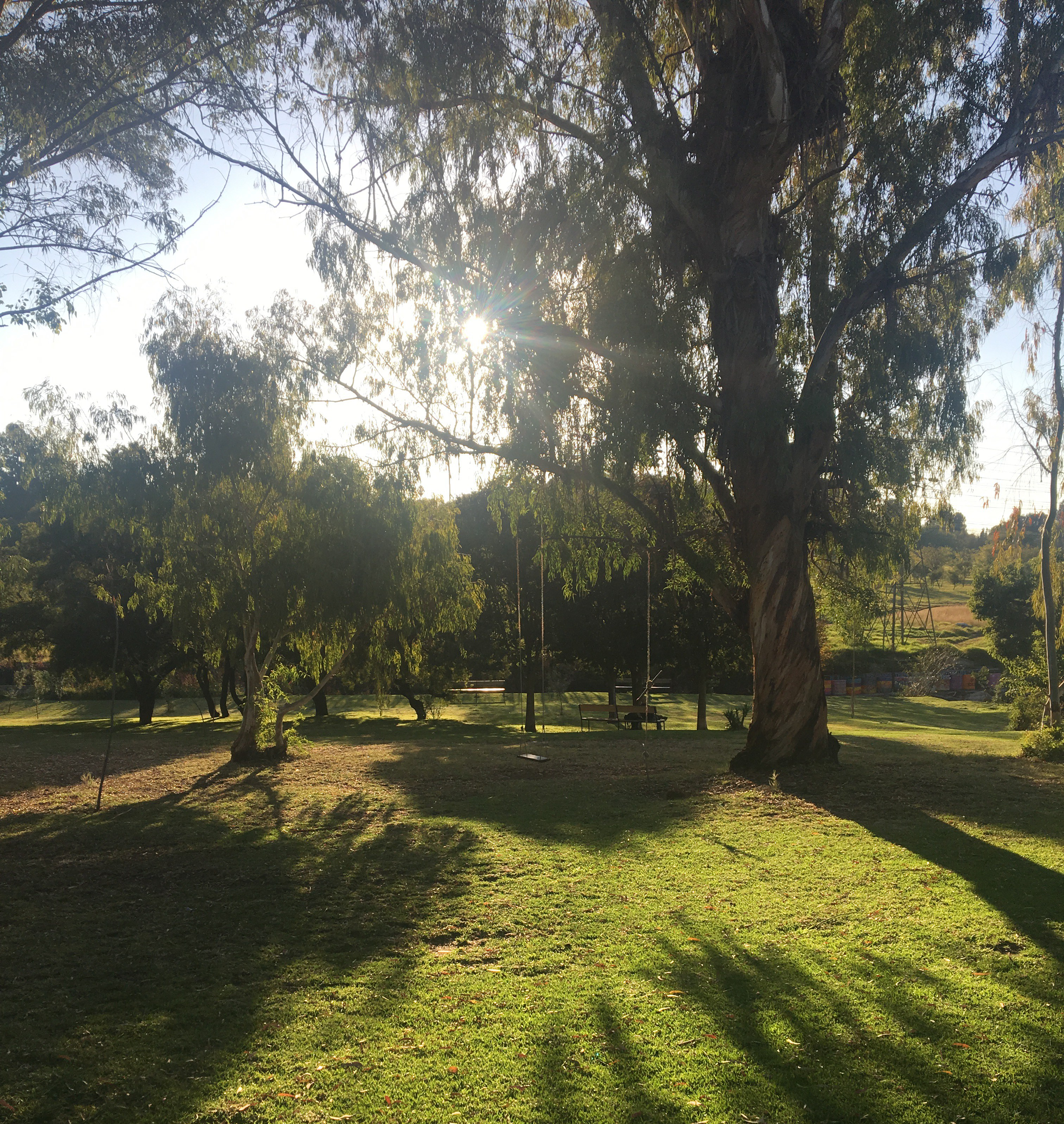
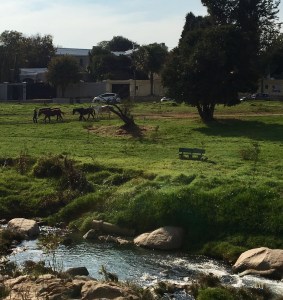











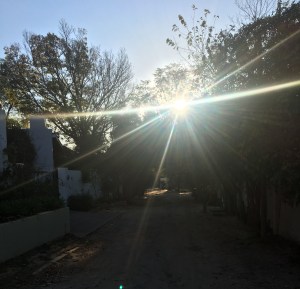
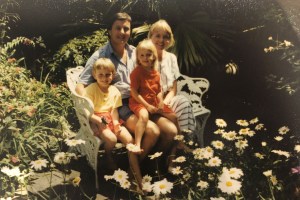


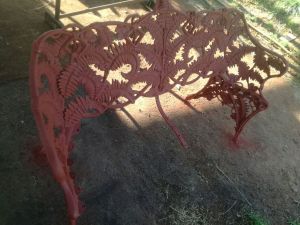







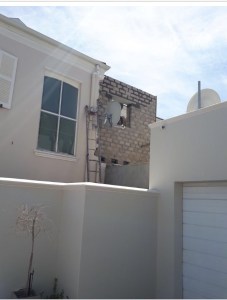
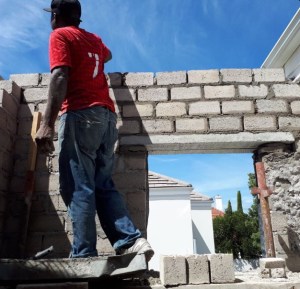











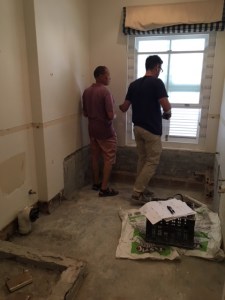


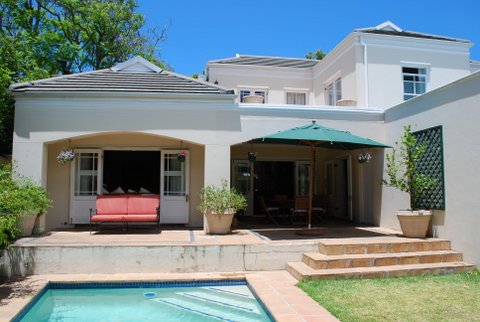

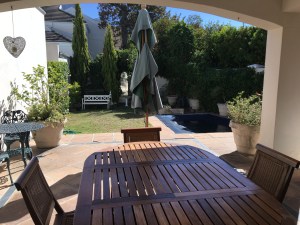
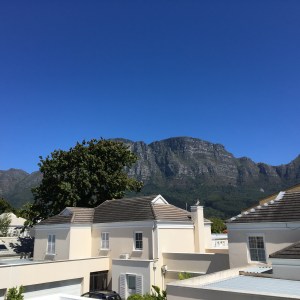


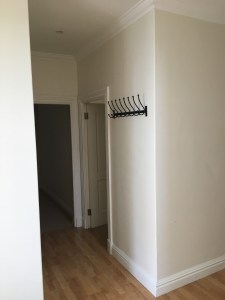

















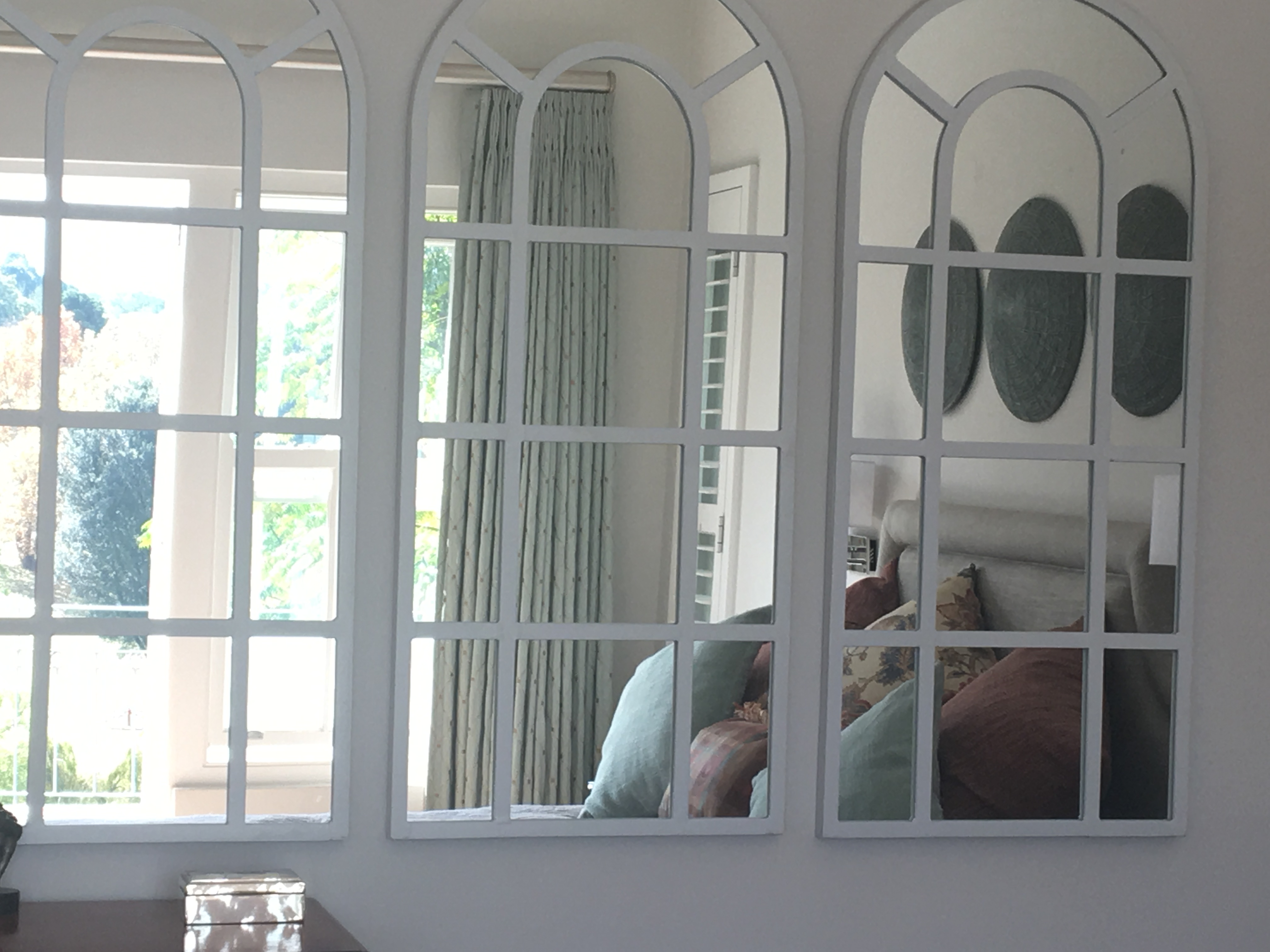

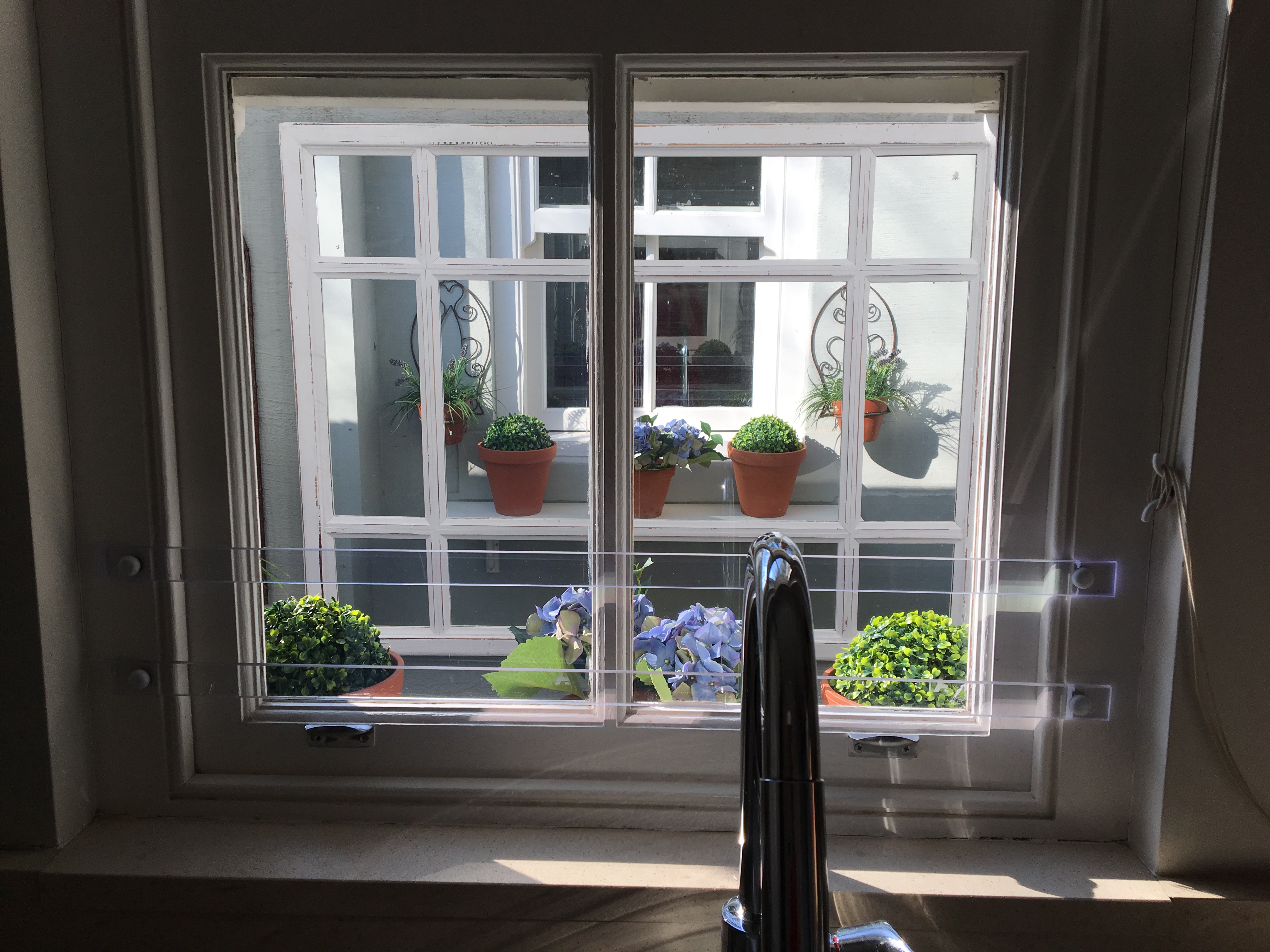




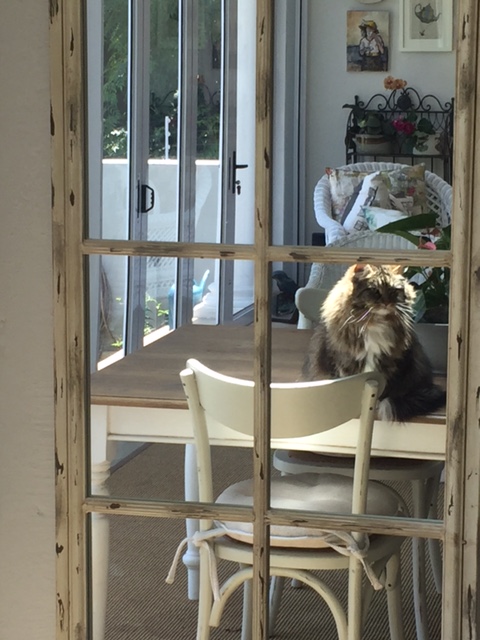

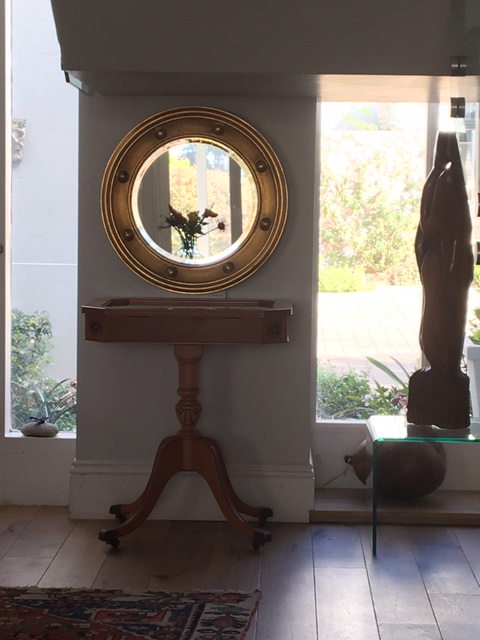

 I remember reading an article many years ago suggesting that mirrors should only be used where they reflect something attractive or interesting. This experiment proved that point. I changed tack.
I remember reading an article many years ago suggesting that mirrors should only be used where they reflect something attractive or interesting. This experiment proved that point. I changed tack.










